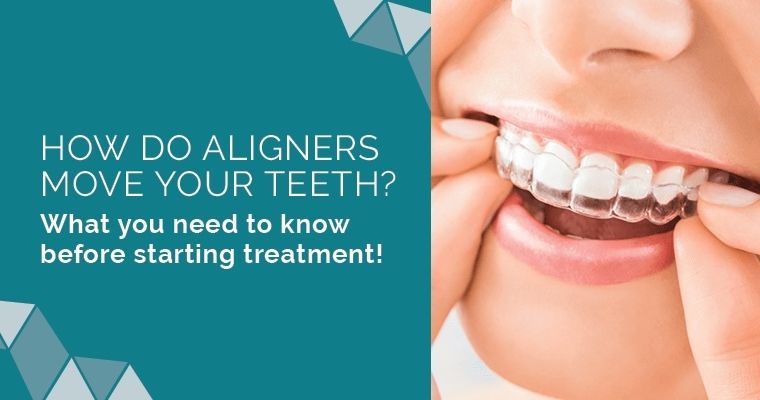A Biased View of Legacy Orthodontics
A Biased View of Legacy Orthodontics
Blog Article
The smart Trick of Legacy Orthodontics That Nobody is Talking About
Table of ContentsNot known Details About Legacy Orthodontics Getting The Legacy Orthodontics To WorkHow Legacy Orthodontics can Save You Time, Stress, and Money.What Does Legacy Orthodontics Do?The Ultimate Guide To Legacy Orthodontics
In enhancement, we provide adjustable therapy routines, flexible repayment options and an enjoyable, satisfying experience.An orthodontist is a dental expert educated to detect, avoid, and treat teeth and jaw abnormalities. They fix existing conditions and are trained to determine problems that may develop in the future. Orthodontists work with individuals of any ages, from youngsters to adults. People frequently link an ideal smile with healthiness.
Malocclusion, or misaligned teeth, can cause oral issues, consisting of dental cavity, periodontal condition, and hard or agonizing chewing. But not every person is birthed with straight teeth. If you have a poor bite or large rooms between your teeth, you may desire to speak with a dental practitioner specializing in orthodontic care.
Some Known Facts About Legacy Orthodontics.
( Image Credit Rating: DigitalVision/Getty Images) Orthodontists make use of taken care of and removable dental devices, like braces, retainers, and bands, to alter the position of teeth in your mouth. Orthodontic therapy is for oral problems, consisting of: Uneven teethBite problems, like an overbite or an underbiteCrowded teeth or teeth that are as well far apartJaw misalignmentThe goal of orthodontic treatment is to boost your bite.
A healthy bite ensures you can consume, chew, and talk correctly. While you might think about orthodontists as mostly for youngsters or young adults who require braces, they can correct oral problems at any age. Orthodontists attend university, dental institution, and orthodontic school. After graduation, they invest 2 or 3 years in an orthodontic residency program.
All orthodontists are dental experts, however not all dental professionals are orthodontists. Orthodontic residency programs provide intensive, concentrated direction for dental specialists. They concentrate on 2 areas: Just how to effectively and securely move teeth Just how to correctly lead growth in the teeth, jaw, and faceOnce an orthodontist has finished training, they have the choice to become board certified.
The 3-Minute Rule for Legacy Orthodontics
Malocclusion leads to tooth congestion, a misshapen jaw, or irregular bite patterns. Malocclusion is normally treated with: Your orthodontist connects steel, ceramic, or plastic square bonds to your teeth.
Some individuals need a headwear to aid move teeth right into line with stress from outside the mouth. A retainer is a personalized tool that keeps your teeth go to this site in place.
They're frequently utilized on children. They can produce additional space in the mouth without needing to draw teeth. If you have a severe underbite or overbite, you might need orthognathic surgical treatment (likewise called orthodontic surgery) to extend or shorten your jaw. Orthodontists make use of cords, surgical screws, or plates to support your jaw bone.
You might need to see an orthodontist if you have: Crowding or not sufficient area for every one of your teethOverbite, when your top teeth come by your base teethUnderbite, when your base teeth are also much forwardSpacing or problems with gapsCrossbite, which is when your top teeth fit behind your bottom teeth when your mouth is closedOpen bite or an upright gap in between your front base and top teethMisplaced midline, when the facility of your base and upper teeth don't align Fixing a dental malocclusion can: Make attacking, chewing, and speaking easierImprove the proportion of our face and your overall appearanceEase discomfort from temporomandibular joint disordersSeparate your teeth and make them simpler to clean up, aiding protect against dental caries or dental caries It's often a dental professional who initially notices misaligned teeth during a routine exam.
Legacy Orthodontics Can Be Fun For Everyone

Throughout your very first orthodontic assessment, you'll likely have: A dental examPhotos taken of your face and smileDental X-raysPanoramic (360 degree) X-rays of your face and headImpressions to create molds of your teethThese tests will assist your orthodontist know just how to continue with your treatment. leesburg orthodontics. An orthodontist is a dental expert who's had training to treat your teeth and jaw
An orthodontist is concentrated on your bite, so something like a broken tooth would certainly be managed by a dental professional. Orthodontists are concentrated on your bite, or the method your teeth fit with each other, and the straightness of your teeth.
Ever before questioned just how celebrities always seem to have perfectly lined up teeth? Orthodontists are oral professionals that focus on dealing with abnormalities in the teeth and jaws.
More About Legacy Orthodontics

While dental braces are one of the most typically recognized orthodontic treatment, orthodontists have a diverse toolkit at their disposal. The details method selected depends on the seriousness of the case, the client's age, and private choices. These tried-and-true dental braces make use of a system of braces bound to the teeth and linked by cables.
These removable trays are tailor-made to progressively move the teeth's placement. In instances of narrow jaws, palatal expanders can be utilized to develop space for correct tooth placement.
Report this page